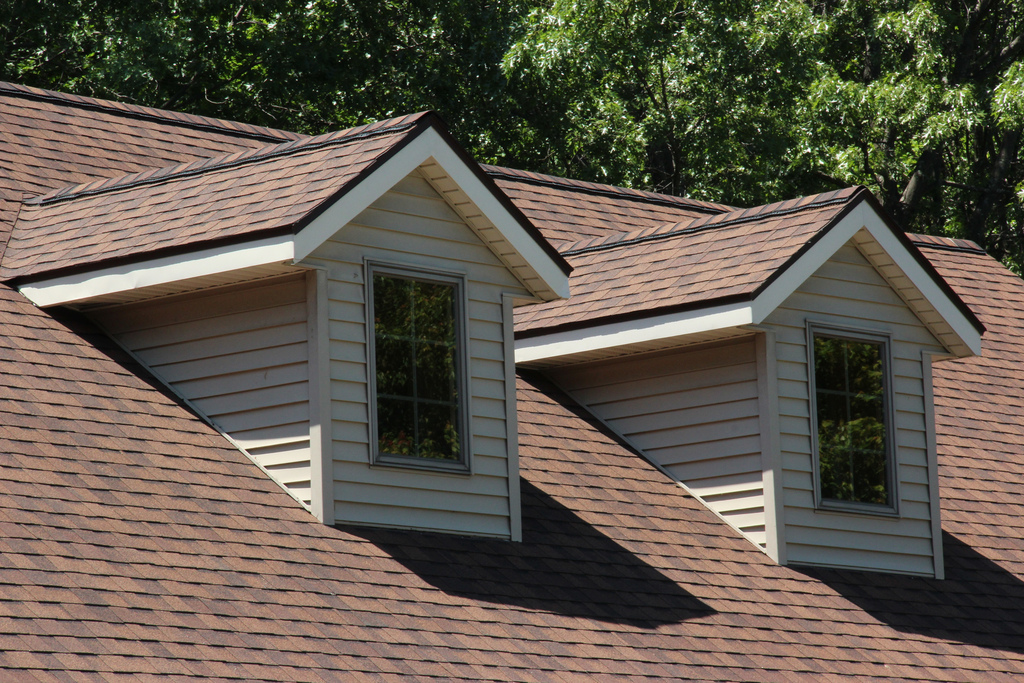The most important decision a homeowner can make in a roofing project is to select the proper materials that fit the home’s aesthetic style and architectural structure. The materials choice affects the durability of the roof, which in turn can affect its longevity.
The most popular materials include:
- Asphalt shingles: The most popular roofing material in the United States, these shingles can be reinforced with organic or fiberglass materials, and they are fire-resistant.
- Wood shingles and shakes: These materials are made from cedar, redwood, southern pine and other woods. They have a natural, rugged look that is popular in California, the Northwest and the Midwest. A cedar roof will split and fall apart in dry climates, and in extremely moist climates, it will get mossy. The lifespan of a cedar roof is about 20 years.
- Tile: Clay and concrete are a durable and come in a variety of colors and finishes. However, tile is heavy and before you consider this material, you will need to verify that the structure can support the load. Tile roofs can last up to 100 years, but individual tiles can break; they can be replaced, but only by a specialist. Concrete should never need replacing.
- Slate: Slate is quarried in the eastern U.S. and is available in different colors and grades, depending on its origin. Considered virtually indestructible, it is, however, more expensive than other roofing materials.
- Metal: Primarily thought of as a low-slope roofing material, metal has been found to be a roofing alternative for home and building owners with steep-slope roofs. There are two types of metal roofing products: panels and shingles. Apart from metal roofing’s longevity, metal shingles are relatively lightweight, have a greater resistance to adverse weather and can be aesthetically pleasing.
- Synthetic roofing products: These simulate various traditional roof coverings, such as slate and wood shingles and shakes. However, they do not necessarily have the same properties.
Some considerations to keep in mind when selecting a new roof:
- Environmental factors: Weather conditions such as tornadoes or heavy snow need to be considered. If there wildfires or intense heat in your area, heat-resistant materials should be considered in order to get the most out of your new roof.
- Weight: Is the desired material too heavy for the existing roof structure? If you have an older wooden home, it might not be able to support clay tile or other heavier materials.
- Style: Will the new roof compliment the look of your home? If you own a historic home, you might want to apply the same material that was originally used, or a modern material (such as plastic polymers) that can match the look. You also might need to conform to a homeowners association’s rules.
Werner & Sons Roofing is your best source of information and advice when it comes to selecting your roofing materials. We are here to provide you with information, samples and pricing for your new roof. Just give us a call at 616-638-4662.


